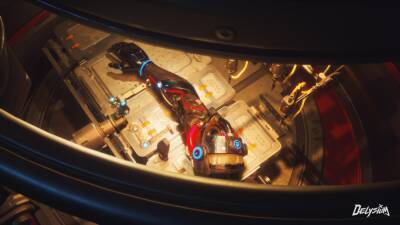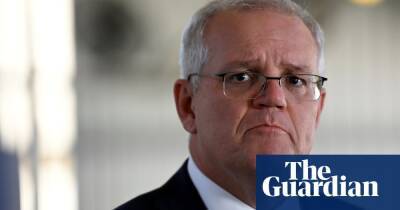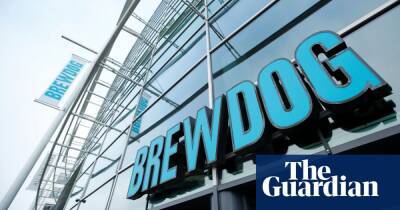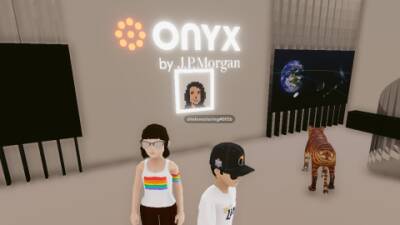Metaverse is booming, bringing revolution to real estate
Mark Zuckerberg might claim the Metaverse is the future — but in the eyes of others, the future has already begun. Science fiction author Neal Stephenson coined the term “Metaverse” back in his 1994 novel, Snow Crash. Within the pages, the main character, Hiro Protagonist, navigates through the virtual world.
Since 2003, millions have also worked, played and socialized in the Metaverse within the online Second Life world. While the game, with a heyday in the first decade of the 2000s and featuring some blocky graphics is a far cry from the modern Metaverse vision laid out by companies like Meta and Microsoft, the idea of a virtual metaverse where people interact is not a new idea.
Currently, Decentraland is arguably the most well-known modern-day metaverse, incentivizing a global network of users to buy and sell digital real estate, explore, interact and play games. The Decentraland Foundation came into existence in 2015 and the project’s initial coin offering (ICO) in 2017 netted about $26 million at the time. While Decentraland is expansive and features plenty to do, the platform has drawn many eyes to the lucrative, and ever-growing digital real estate industry.
On Nov. 25, media reports revealed the nonfungible token (NFT)-based Metaverse Group real estate company bought a plot of Decentraland “land” for $2.43 million to help with plans to get into the digital fashion industry.
Related: What is metaverse in blockchain? A beginner's guide on an internet-enabled virtual world
It’s becoming increasingly clear that commercial real estate in the metaverse is going to play a huge part in the global real estate industry in the years to come. In fall 2021, Tokens.com inked a letter of intent to buy a 50% stake in a digital
Read more on cointelegraph.com






















